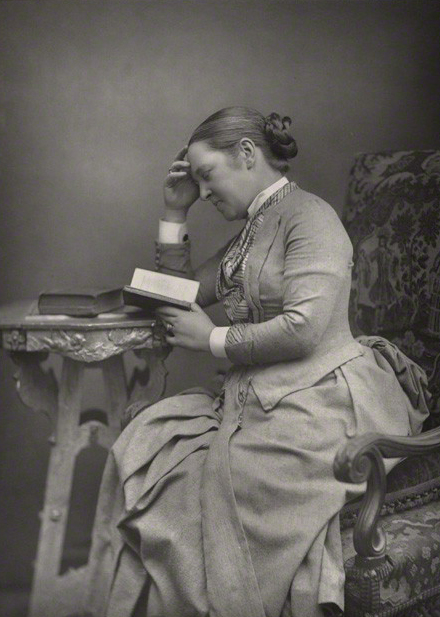Elizabeth Garrett was born in Whitechapel, London. She was initially educated at home but at 13 sent to boarding school. She was always interested in politics and current affairs but decided to pursue a career in medicine at a time when women were excluded from formal medical training.
Garrett worked as a nurse whilst studying privately and was eventually allowed to attend the dissecting room and lectures at Middlesex Hospital until a petition by male students forced her to leave. She was refused entry to several medical schools but continued to study privately until taking her Society of Apothecaries exam in 1865 and was awarded a licence to practice medicine. She was the first British woman qualified to do so but could not work at any hospital so set up her own practice, eventually providing medical care to poor women and children across London. She co-founded the London School of Medicine for Women in 1874, the only teaching hospital to offer courses for women. In 1865, Edward Cresy Jnr (a correspondent of Darwin) wrote to Emma Darwin to ask for family support in enabling Garrett to become Professor of Physiology at Bedford College for Girls.
Garrett married James George Skelton Anderson in 1871 and had three children. The couple retired to Aldeburgh, Suffolk, in 1902 and she was elected mayor of Aldeburgh oin 1908, becoming the first female mayor in England.
ODNB article: https://doi.org/10.1093/ref:odnb/30406



